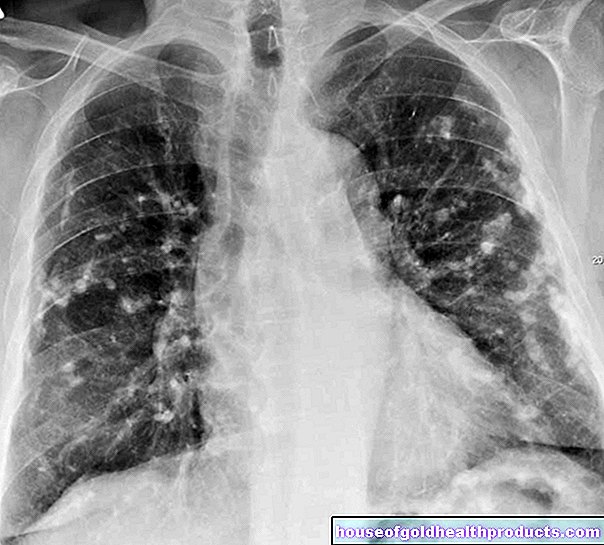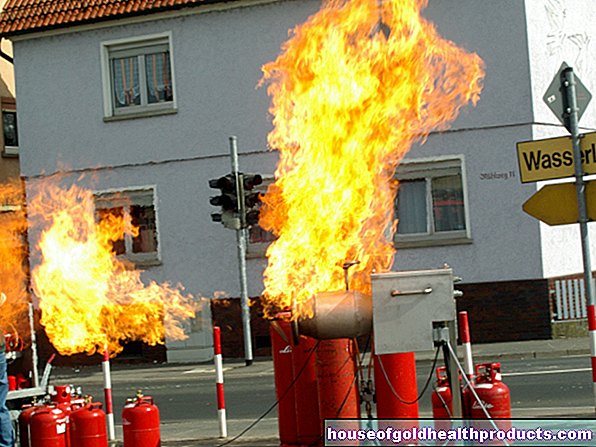Osteoarthritis symptoms
Ricarda Schwarz studied medicine in Würzburg, where she also completed her doctorate. After a wide range of tasks in practical medical training (PJ) in Flensburg, Hamburg and New Zealand, she is now working in neuroradiology and radiology at the Tübingen University Hospital.
More about the experts All content is checked by medical journalists.Typical symptoms of osteoarthritis are joint pain. At first they only occur under stress, later also during normal movements and finally also at rest. At the onset of the disease, there do not even have to be any symptoms. Later on, there are other symptoms of osteoarthritis in addition to the pain. They can differ individually and also depend on the affected joint. Here you can read everything you need to know about osteoarthritis symptoms.
ICD codes for this disease: ICD codes are internationally recognized codes for medical diagnoses. They can be found, for example, in doctor's letters or on certificates of incapacity for work. M15M16M02M19M36M47M23M25M17M12M24M96
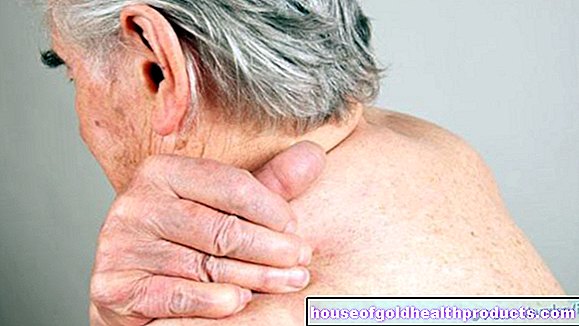
Osteoarthritis symptoms: general
Most osteoarthritis symptoms are limited to one or a few joints. Those affected are often symptom-free for years, although clear signs of the disease can already be seen on the X-ray. An exception are traumatic events, which can often lead to pronounced osteoarthritis symptoms within a short period of time.
Those affected typically suffer from the typical pain of osteoarthritis. Over a longer period of time, they develop from initial stress pain through movement pain to pain at rest.
Further osteoarthritis symptoms can occur. However, in some cases they differ greatly between patients. Some complain that they can only move their joints to a limited extent. In others, the joint swells up or makes abnormal noises with every movement.
Osteoarthritis symptoms: stress pain & Co.
Stress pain is often the first symptom of joint wear and tear. At the beginning, osteoarthritis pain usually only occurs after unfamiliar activities. For a poorly trained person, this can be a shorter run. Dragging boxes when moving house or going on an unfamiliar mountain hike also puts more stress on the joints than normal. The onset of osteoarthritis can then trigger symptoms.
If the disease progresses, stronger everyday stress causes symptoms. Osteoarthritis patients often cannot precisely localize or characterize the pain in this phase of the disease. Most of the time it is perceived as annoying, but hardly restricts everyday activities.
Affected people often feel that their joints are stiff, as if the "tendons are too short". The osteoarthritis symptoms can spread to the surrounding muscles - those affected then also feel pain there or in the area where the tendons are attached. At the same time, the joint can swell or be limited in its mobility.
At this stage of the disease, the symptoms of osteoarthritis often appear in phases. Most of the time, they can be assigned to stronger requirements and disappear spontaneously. In some patients, osteoarthritis symptoms worsen due to the weather, especially in cold or wet weather.
Osteoarthritis symptoms: pain on the move
As the disease progresses, the osteoarthritis pain also increases and occurs more frequently. Those affected can often predict which activities will plague them again. In this way, pain from exertion becomes pain from movement. Typically, the pain occurs when those affected stand up again after sitting or lying down for a long time (start-up pain). After a few steps, this pain usually disappears.
It only sets in again after prolonged exertion and is then often associated with the feeling that the muscles are getting tired (pain from fatigue). For some patients, only extreme movements, such as hyperextension, are painful. Those affected then avoid these movements so that osteoarthritis symptoms do not even become noticeable. Often a relieving posture is also adopted. The limp, for example, is one of the typical symptoms of coxarthrosis.
Osteoarthritis symptoms: pain at rest
Rest pain only occurs in the later stages of the disease. It is sometimes perceived as constant pain. Especially at night it torments those affected and steals their sleep. Joint effusion is often the cause of this pain at rest. The synovial membrane becomes irritated and in some cases becomes inflamed.
The position of the joints often changes during this phase of the disease. Already existing misalignments such as bow-knees or knock knees can intensify and thereby worsen the osteoarthritis symptoms. An increasingly stiff spine can also severely restrict the quality of life.
Late-stage osteoarthritis symptoms
Progressive osteoarthritis and the associated poor posture change the joint structure. The muscles no longer work together properly and cannot compensate for further loads. The joint capsule shrinks. Ultimately, both of these factors mean that the affected joints can only be moved to a limited extent. Some stiffen in a diseased position (contracture). Separated cartilage parts can get into the joint space and suddenly block a movement. The joint becomes unstable, can suddenly buckle (giving way phenomenon) and cause severe osteoarthritis pain.
Audible symptoms of osteoarthritis are known as crepitation. They arise when the joint is so worn that it can no longer be guided smoothly. You can then hear fine and coarse-grained rubbing noises or cracking noises. At first these crepitations can only be felt and are not necessarily connected with other complaints or require therapy.
Gonarthrosis symptoms
Gonarthrosis is osteoarthritis of the knee. Symptoms are similar to the symptoms described above. If the symptoms of gonarthosis occur during passive movements (without muscle work), the lesion is usually in the joint. If, on the other hand, osteoarthritis causes knee symptoms during active movement, the muscles, tendons or the joint capsule are often also affected (periarthrosis). In most cases, those affected can only bend the knee to a limited extent. Only later is knee extension impaired. The latter, however, hinders the patient much more: People who can only bend their knee by 90 degrees usually tolerate this quite well. If, on the other hand, you can straighten your knee 20 degrees less, this is perceived as much more stressful.
If the symptoms of osteoarthritis of the knee last longer, the thigh muscles are less exercised. Especially the leg extensor becomes thinner (tissue loss = atrophy). As a result, the knee joint cartilage is poorly supplied with nutrients; this promotes osteoarthritis. Knee symptoms therefore worsen even faster than osteoarthritis symptoms in other joints.
Coxarthrosis symptoms
Doctors refer to osteoarthritis in the hip joint as coxarthrosis. Symptoms are similar to the general osteoarthritis symptoms described above. Those affected often notice restricted mobility when they tie their shoes or put on stockings. The relieving limp is particularly typical. The patient stays on the damaged leg for a shorter period of time. In addition, the affected hip joint is often turned outwards so that the tip of the foot points outwards. The hip joint is not swollen, blocked or unstable in coxarthrosis. Many sufferers also report pressure pain in the groin and on the outer ankle of the thigh. A doctor quickly recognizes these symptoms as osteoarthritis symptoms emanating from the hip joint.
Tags: vaccinations organ systems eyes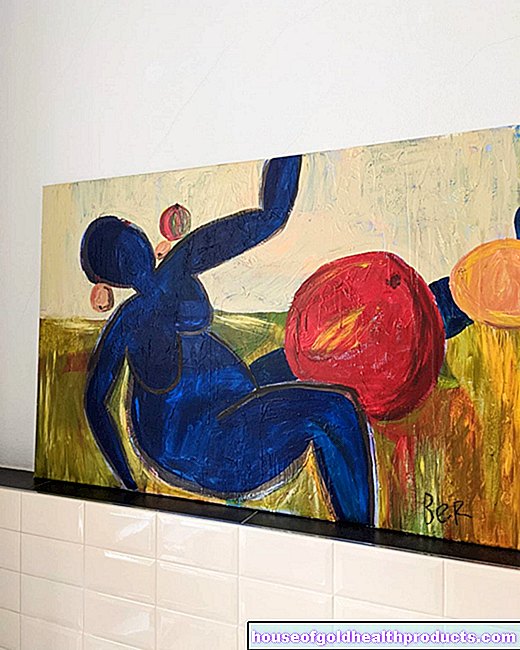
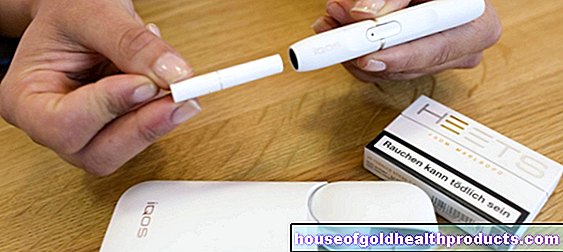

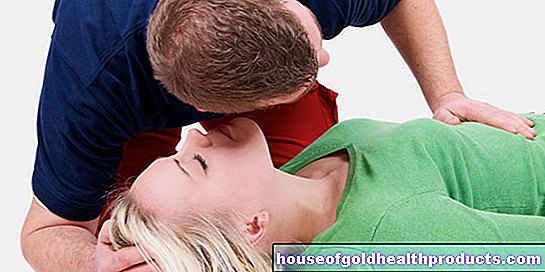

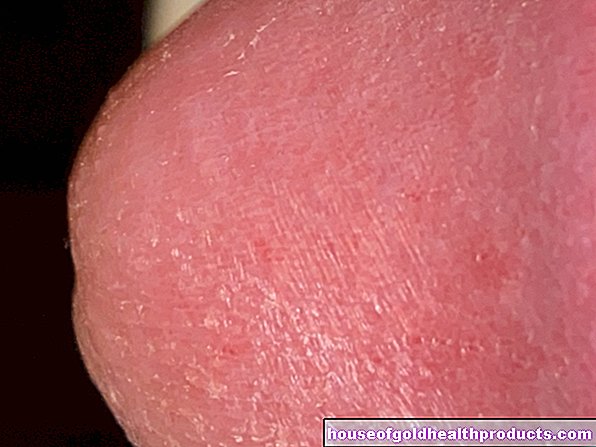
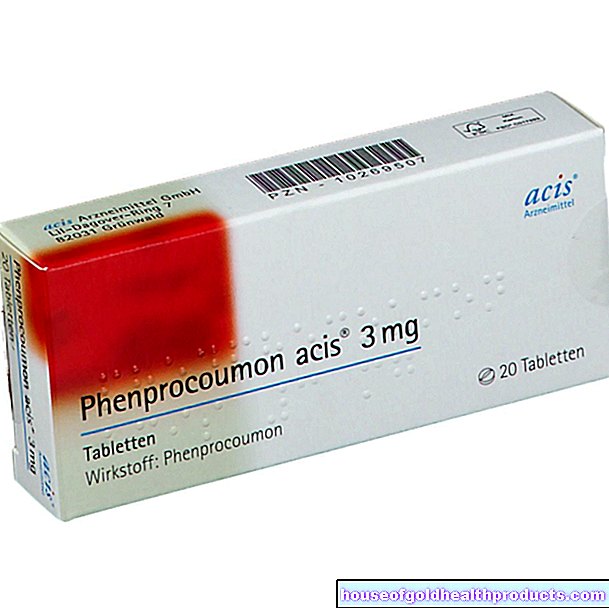
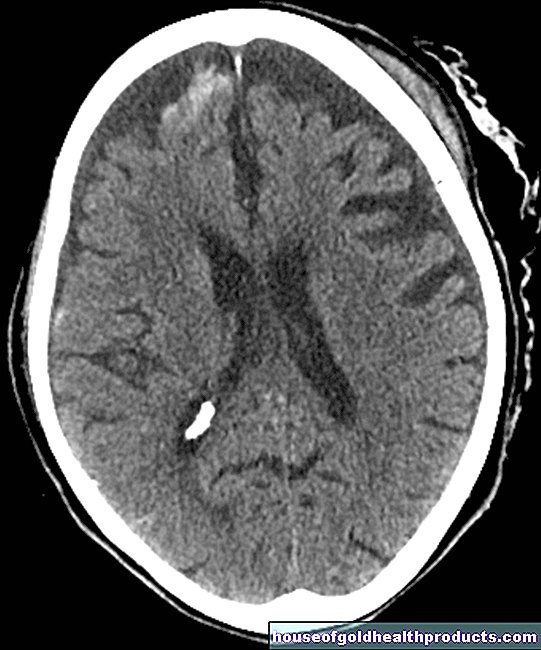

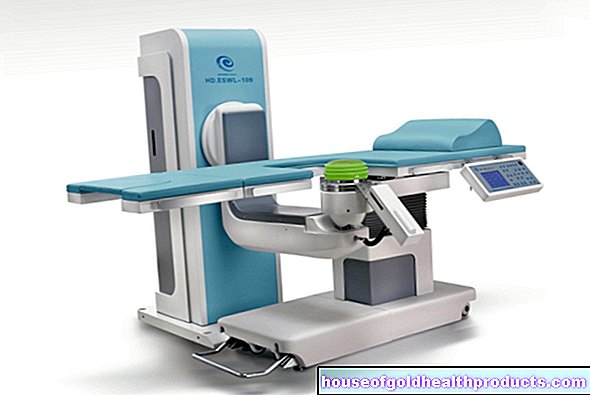


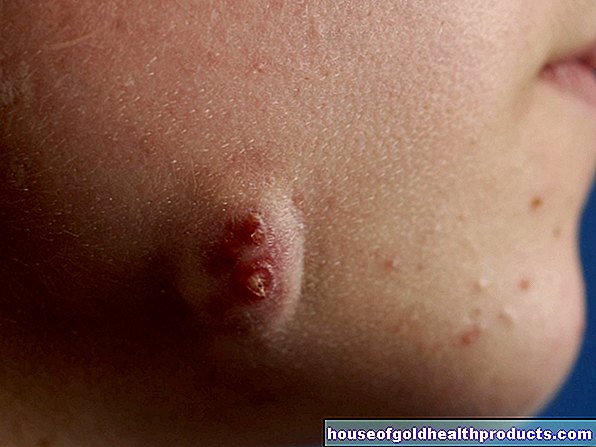
-nachrichten-aus-der-rhre.jpg)
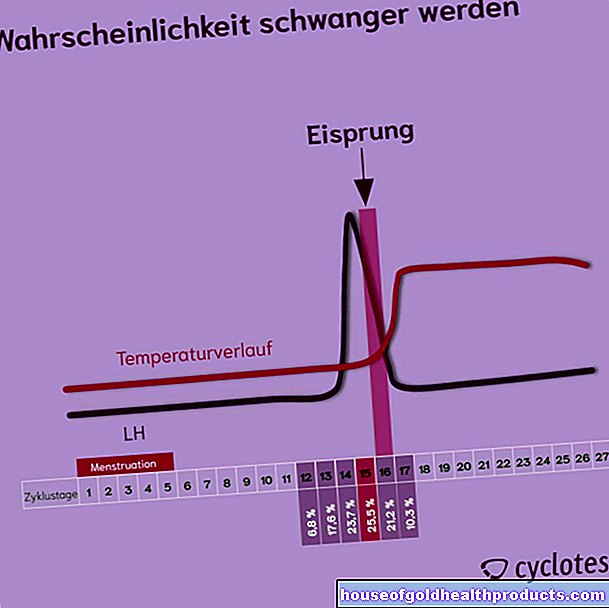



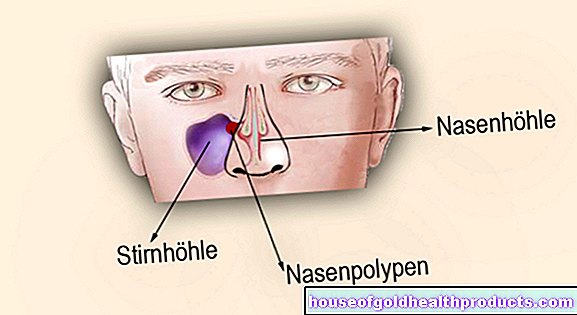
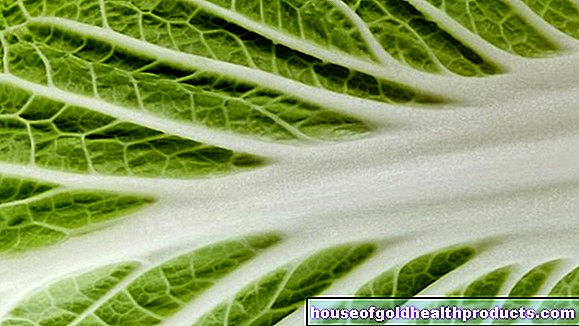


.jpg)





